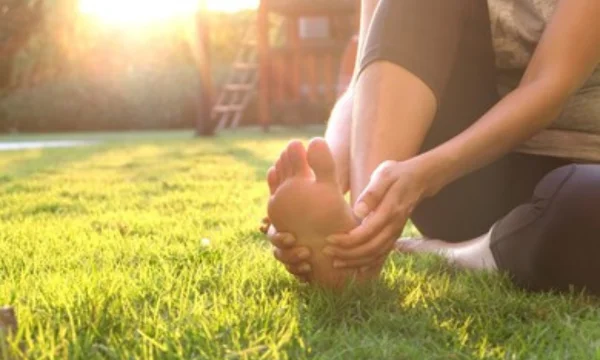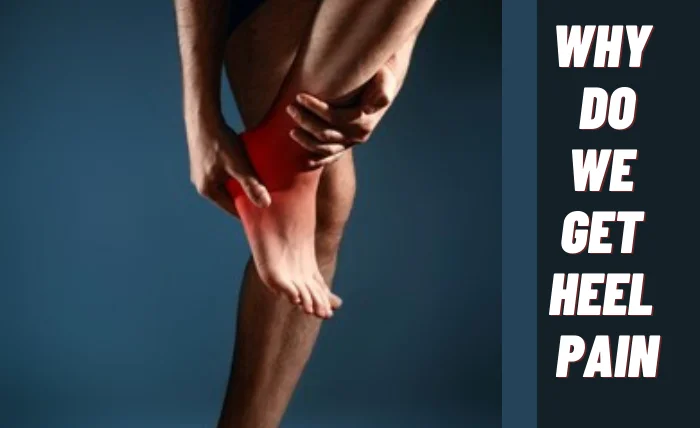Heel pain is a common yet puzzling discomfort many of us face, but why does it happen? Imagine starting your day, stepping out of bed, and being greeted by a sharp pang beneath your foot. This isn’t just an annoyance; it’s a signal from your body, hinting at underlying issues ranging from daily habits to more complex health conditions. This introduction to heel pain will unravel the mysteries behind this common ailment.
With clear, concise information, we’ll explore the root causes and shed light on how something as simple as walking can turn into a painful task. Get ready to embark on a journey to understand your body better and find solutions to keep you moving pain-free.
Why Do We Get Heel Pain? The Underlying Causes

Heel pain, a common complaint among adults, often leaves many wondering about its root cause. This discomfort can range from mild to debilitating, affecting our daily activities and overall quality of life. To understand why we experience heel pain, it’s crucial to delve into the anatomy of the heel and identify the factors contributing to this condition.
What Causes Heel Pain?
The heel is a complex structure that plays a pivotal role in balance and mobility. But what makes this seemingly robust part of our foot susceptible to pain? Let’s explore some fundamental reasons.
The Anatomy of the Heel
The heel is more than just the rear part of the foot; it’s a sophisticated structure that includes the heel bone (calcaneus), a network of ligaments, tendons, and a fatty pad that absorbs shocks.
Its primary role is to provide support and stability, bearing the brunt of the body’s weight with every step. However, this constant pressure, especially when combined with poor alignment or inadequate cushioning, can lead to pain and discomfort.
Why It’s Prone to Pain
Several factors contribute to the heel’s vulnerability to pain:
- High Impact Activities: Running, jumping, or any activity that puts excessive stress on the heel can lead to inflammation and pain.
- Inadequate Footwear: Shoes that lack proper support or cushioning can increase the risk of heel pain.
- Excessive Weight: Carrying extra weight puts additional pressure on the heels, making them more prone to pain.
- Aging: As we age, the fat pad on our heel thins, reducing its ability to absorb shocks and increasing pain susceptibility.
- Structural Issues: Foot conditions like flat feet or high arches can lead to an uneven distribution of weight and strain on the heel.
Symptoms and Diagnosis of Heel Pain
Heel pain is a common issue that affects many people. It can make walking and standing uncomfortable. Let’s dive into the symptoms, when to seek help, and how doctors diagnose heel pain. This information will help you understand what you’re experiencing and guide you on the next steps.
Recognizing Heel Pain Symptoms
Heel pain varies. Some feel a sharp pain when they first walk in the morning. Others might feel a dull ache throughout the day. If your heel hurts after long periods of rest or during the first steps, it might be plantar fasciitis. A pain in the back of the heel could point to Achilles tendinitis. Knowing these signs helps you describe your pain better.
When to Seek Medical Advice
Don’t wait too long to see a doctor if:
- Pain lasts more than a week.
- Swelling around the heel is severe.
- Walking or standing becomes too hard.
- Pain happens even when you’re not standing or putting weight on the foot.
These signs mean you might need professional help to get better.
Diagnosing Heel Pain
Doctors use several tests to find out why your heel hurts. They might start with an X-ray to check for bone problems like fractures or spurs. An MRI can show issues with soft tissues, like the plantar fascia.
Sometimes, an ultrasound is used to get a closer look at the heel’s structure. Your doctor will guide you through these tests based on your symptoms.

